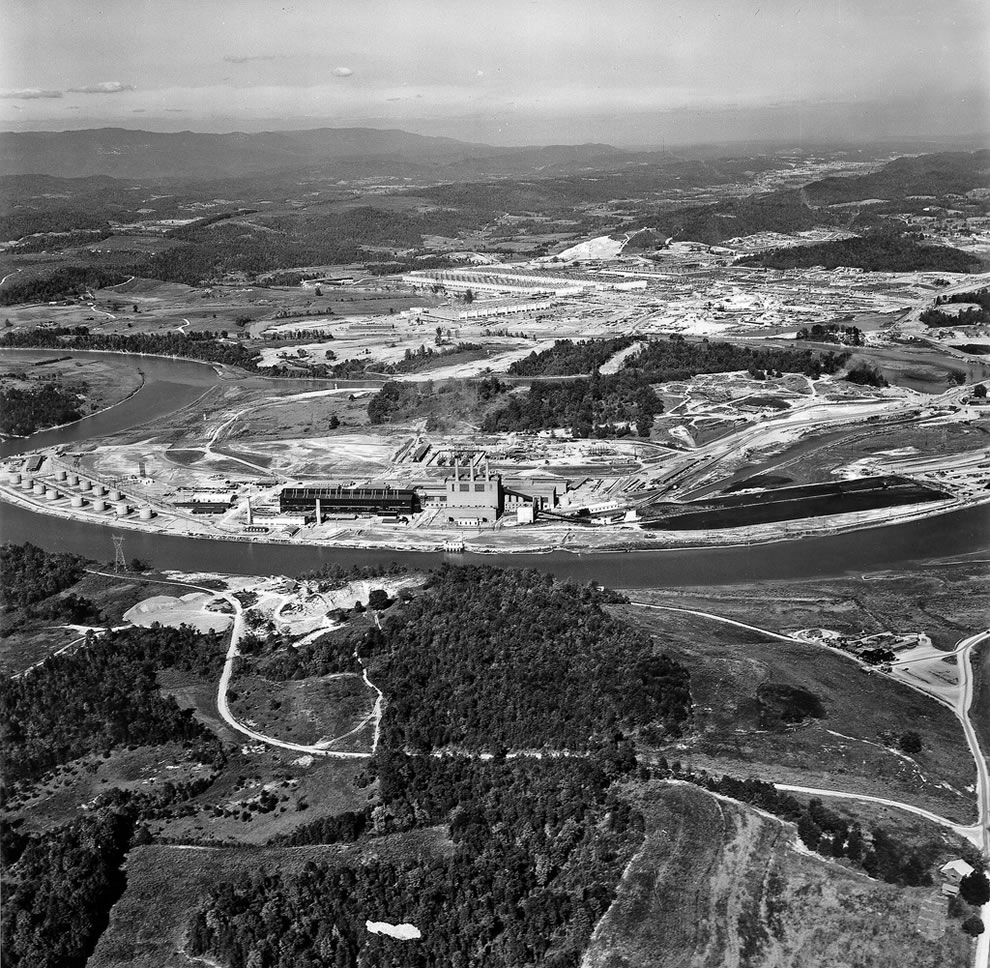Joe W. Howland was a medical officer in charge of special problems in the US Army, stationed in Oak Ridge, Tennessee and Rochester, New York during the Manhattan Project.
Howland was born in Plain City, Ohio on December 21, 1908. He first pursued a career in zoology, earning both a Masters and a Ph.D. in Zoology from Ohio State University by 1931. In 1933, he started as a medical student at the University of Rochester. He received his medical degree at age 30 in 1938.
He worked at the University of Rochester Medical Center until 1944, when he joined the Armed Forces as part of the Manhattan Project of the Corps of Engineers. His title was medical officer in charge of special problems. At the end of 1943, the University of Rochester had established a Metabolic Ward at the Strong Memorial Hospital at the request of the Manhattan Engineer District in order to measure the metabolic effects of radioactive materials on humans. Stafford Warren was also working at the University of Rochester when General Leslie R. Groves as Chief Medical Officer of the Manhattan Engineer District hired him. A specialist in pathology, Howland was involved in designing toxicity experiments to establish occupational minimums for radioactive materials.
By 1945, Howland was assigned to Oak Ridge Tennessee as the Assistant Chief of Medical Research for the Manhattan Project. During his assignment in Oak Ridge, he was implicated in the controversial human injection experiments. In a 1974 investigation by the Atomic Energy Commission, Howland stated that he had in fact administered a plutonium injection in 1945 to Ebb Cade, the first subject of the human experiments.
In 1946, Howland was named Chief of Medical Research while the Manhattan Engineer District transitioned to the U.S. Atomic Energy Commission. He was discharged from the Army in 1947 with the rank of Major. He remained a consultant to the AEC after the war, but returned to the University of Rochester where he established and directed the Atomic Energy Project Medical Division, which continued the work of the Manhattan Project after the war.
He died on October 12, 1978 in Chapel Hill, North Carolina.





